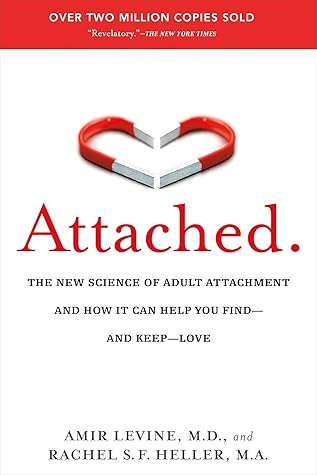More on this book
Community
Kindle Notes & Highlights
by
Amir Levine
Read between
February 2 - February 6, 2025
Attachment principles teach us that most people are only as needy as their unmet needs.
This is an important lesson for someone with an anxious attachment style: If you just wait a little longer before reacting and jumping to conclusions, you will have an uncanny ability to decipher the world around you and use it to your advantage.
a specific pattern of the dopamine receptor DRD2 allele is associated with the anxious attachment style, whereas a variant of the serotonin 5-HT1A receptor was linked to avoidance. These two genes are known to play a role in many brain functions, including emotions, reward, attention, and importantly, also in social behavior and pair bonding. The authors conclude that “attachment insecurities are partially explained by particular genes, although there is still a great deal of individual difference variance that remains to be explained by other genes or social experiences.”
Effective communication works on the understanding that we all have very specific needs in relationships, many of which are determined by your attachment style. They aren’t good or bad, they simply are what they are.
Notice how ineffective communication can be interpreted in different ways while effective communication has only one specific meaning.
Five Secure Principles for Resolving Conflict Show basic concern for the other person’s well-being. Maintain focus on the problem at hand. Refrain from generalizing the conflict. Be willing to engage. Effectively communicate feelings and needs.
A general word of advice: It’s always more effective to assume the best in conflict situations.
people have very different capacities for intimacy.


